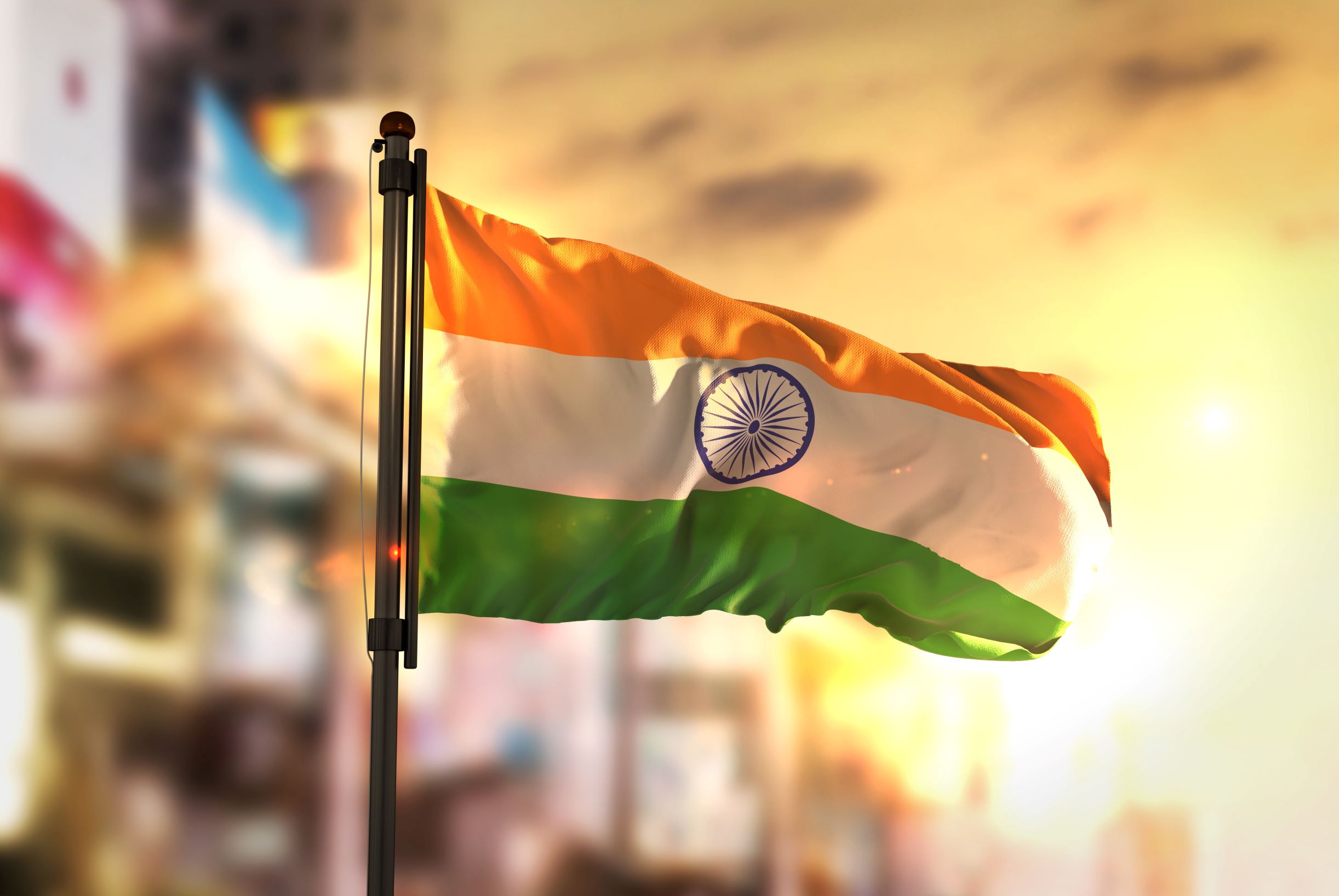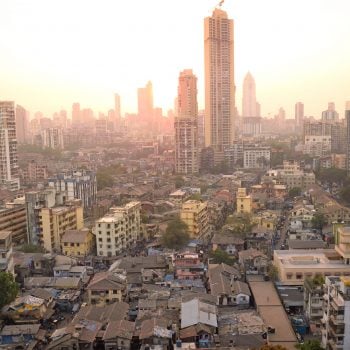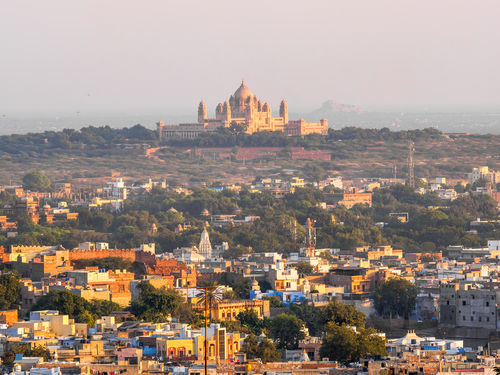India's consumer spending revolution
In the dying days of his Empire, hemmed in by the generals who would shortly shuffle him off to obscurity (in the back of a Volkswagen), Haile Selassie tried one last throw of the dice: he would build a series of great dams across Ethiopia, each bigger than Egypt’s Aswan Dam and each speaking timelessly to his greatness, like the Great Pyramid and the Sphinx (had he never read Shelley?). But with a bravura born of the end of empire, as well as a shocking disregard for the famine raging in the north, his Finance Minister disagreed: “Egypt is wealthier than we are…it has more people than we do and they have more money”. The Finance Minister might have had appalling political instincts, but he was right about that single demographic truth: great economies and great projects are built on mighty populations, wealthy enough and willing to put their money where their dreams are.
Sadly for Haile Selassie (or probably not), the thinly populated and famine ravaged regions of Ethiopia had little if anything to dream about beyond food, and no interest at all in building dams.
Aside from the fact India’s Prime Minister Modi is a million miles away (in every way) from the former Emperor of Ethiopia, that story has a certain resonance with the subcontinent today, where the economy is growing at unprecedented rates borne up by a perfect demographic storm: India’s population is now the fastest-growing on the planet, wealthier than ever, increasingly urbanised and more than ever prepared to put their money behind the dream of a consumer-driven economic boom.
And we’re about to witness the full tectonic impact of these changes, changes which some commentators have called the Fourth Industrial Revolution: a radical realignment of India’s economy as it begins to accommodate to the reality of more than 300 Million new consumers, all of them getting ready to do some serious shopping.
In their report, The Future of Consumption in Fast-Growth Consumer Markets, Bain & Co forecast that by 2030 India will have experienced a fourfold increase in consumer spending, whilst at the same time remaining one of the youngest nations on earth with more than 700 Million youthful internet users, one hand on their smartphone and the other reaching for their credit card (a posture parents will be all too familiar with). But this is no teenage phase. Millennial and Generation Z preferences “will significantly shape the market” for the foreseeable future: 77% of Indians were born in the late 1980s, and that’s precisely the demographic already spending more and spending it faster than anyone else (think Flipkart).
And whereas in the past the subcontinent’s economy has been traditionally built from the “bottom-up”, that’s all set to change too: by 2030 close to 80% of Indian households will be middle class, as against 50% at the moment, so by definition they’ll have more money to spend. Forecasts expect the middle-class Indian segment to spend up to four times more on services and entertainment than they do at the moment: think Flipkart again, and imagine you had just been awarded a 400% pay rise, it’s that radical…
But perhaps most significantly of all, the Bain Report predicts companies on the subcontinent will now start to move beyond existing Western models to meet these trends: “localising and personalising business models” to address the unique preferences of the subcontinent’s consumers. India by 2030, it predicts, will be a “hotbed of growth and innovation”.
Who could argue with that? It's certainly better than a load of old Dams…
View our preference shares offer
Nobody understands the fundamentals of the Indian economy better than Red Ribbon Asset Management, which has placed the subcontinent at the heart of its investment strategies since the company was founded more than a decade ago. Drawing on unrivalled knowledge of local markets with an expert team of more than a hundred advisers working in India’s economic hotspots, Red Ribbon offers unique opportunities to share in the potential of this, the fastest-growing large economy on the planet.
Executive Overview
We tend to focus so much these days on supply-side economies (Brexit springs to mind, naturally, with its focus on real-time delivery logistics), so it’s sometimes easy to lose sight of the importance of the demand side of the equation. Even so, the economic impact of India’s rapidly changing population has been difficult to ignore.
Within a decade or so the subcontinent’s mostly rural population has become increasingly urbanized, wealthier and much more technology literate and by itself that is a perfect mix for creating the demand-side conditions necessary to sustain explosive growth within any developed economy. But in India’s case, that same population is also rapidly expanding (soon to be the biggest on earth) and also getting ever more youthful, meaning there will be an increasing propensity to spend across more and more people.
It is, as the article says, a “perfect storm” for growth and I for one will be keeping a close eye out for what comes next…









Leave a Reply